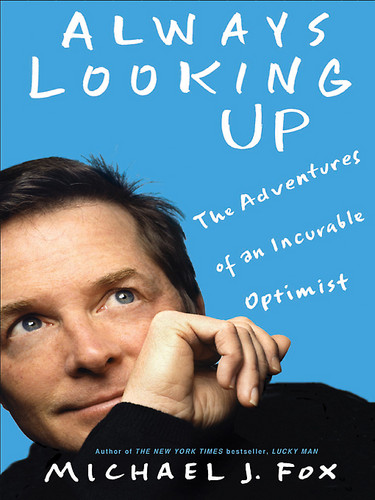 This week’s quote comes from Joseph Yoo of Step by Step–a blogger I discovered through Andrew Conrad. Yoo talks about a time when he was in seminary and worked at the Korean United Methodist Church of Greater Washington. In his post, Yoo shares a story with us about a small significant moment that I think is significant still today and outside the walls of the church.
This week’s quote comes from Joseph Yoo of Step by Step–a blogger I discovered through Andrew Conrad. Yoo talks about a time when he was in seminary and worked at the Korean United Methodist Church of Greater Washington. In his post, Yoo shares a story with us about a small significant moment that I think is significant still today and outside the walls of the church.
On this particular day, Yoo was helping out with the church’s youth ministry where the youth would go out to the parks of DC and hand out sandwiches to the less fortunate. On this day though, there were more people than there were sack lunches available and the following interaction occurred:
As the kids were getting in the car, one of the homeless men came up to the passenger window of the van. Thinking he needed a sandwich, the pastor said, “Sorry, we don’t have any more sandwiches. But Jesus loves you.” The man started yelling back, “I know Jesus loves me! But what about you?”
Impersonal Engagement
Yoo goes on to say how the pastor just kept repeating the same thing: Jesus loves you. And the guy kept asking the same thing: Yes, but what about you? until the car drove off. I won’t do it justice, but Yoo goes on to talk about how impersonal things get sometimes–even when you have good intentions. And that sometimes, to truly make a difference and show you care, you have to get engaged and this may mean you have to roll-up your sleeves, get your hands dirty and get involved.
Your Challenge
Does this sound familiar? I find Yoo’s story relevant because in the world of social media–it gets easy to thank someone for a RT. It gets easy to post a photo. It gets easy to give a #followfriday shout out. It gets easy to ask them for feedback or respond to an inquiry. It’s gets easy…and impersonal. So, here’s your challenge:
Take Five Steps Back
- Review your communications. Look through your Twitter feed and Facebook postings. Count the number of times you have an authentic interaction with a customer versus the number of promotional postings or generic responses.
- Review the conversations you’ve had with customers. Have you taken the conversation to the next level? Did you answer their question?
- Talk to outsiders. For example, call local media–not to pitch a story. But just to ask them what they think about your organization or cause.
- Know your competition. Look at your competitor’s website, Twitter, Facebook, blog, etc. How are they engaging people? What can you learn from them? What gaps exist?
- Get outside your comfort zone. Talk to people that don’t work in your department or function within your organization. Showing people you care inside the organization will build an attitude of caring.
What else? How can we make sure we are authentically engaging people and building relationships?
Like they say: If it were easy, everyone would be doing it. Don’t be everyone. Be unique–this is how you will offer true value to your customers.
flickr credit: Matthew Yaktine



